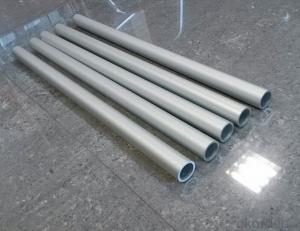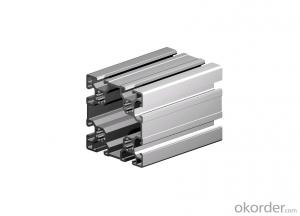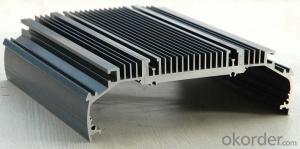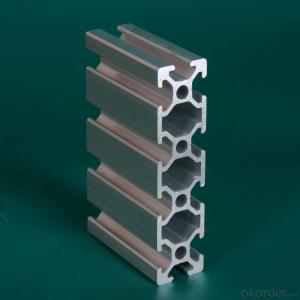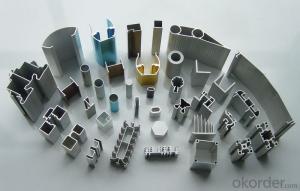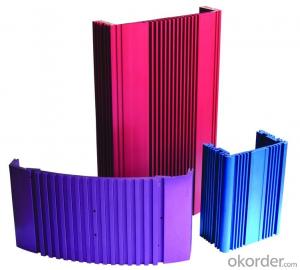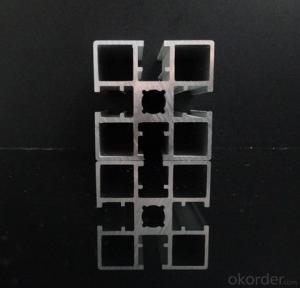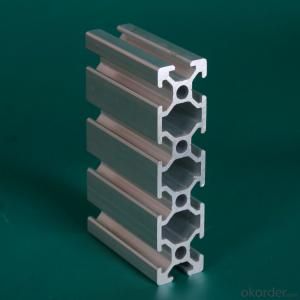6 Aluminum Mesh
6 Aluminum Mesh Related Searches
Led Light Bulbs For Ceiling Fixtures Led Lamps For Ceiling 42 In Ceiling Fan With Light Aluminum Coil Stock For Gutters Aluminum Foil For The Grill Hole Saw For Aluminum Plate Aluminum Tread Plate For Trailer Bow Plate For Aluminum Boat Aluminum Foil For Grow Room Aluminum Foil For Joint PainHot Searches
Stock Price For Aluminum Aluminum Coil Stock For Sale Aluminum Gutter Coil For Sale Used Aluminum Scaffolding For Sale 1/4 Aluminum Plate For Sale Aluminum Bar Stock For Sale Aluminum Round Stock For Sale Aluminum Diamond Plate For Sale Aluminum Scaffolding For Sale Craigslist 6061 Aluminum Plate For Sale Aluminum Dock Plate For Sale 7075 Aluminum Plate For Sale Aluminum Tread Plate For Sale Aluminum Checker Plate For Sale Aluminum Plate For Sale Near Me Plate Aluminum For Sale Aluminum Plate For Sale Aluminum Square Stock For Sale Aluminum Flat Stock For Sale Billet Aluminum Stock For Sale6 Aluminum Mesh Supplier & Manufacturer from China
Okorder.com is a professional 6 Aluminum Mesh supplier & manufacturer, offers integrated one-stop services including real-time quoting and online cargo tracking. We are funded by CNBM Group, a Fortune 500 enterprise and the largest 6 Aluminum Mesh firm in China.Hot Products
FAQ
- The surface of pure aluminum is relatively soft, too hard to be machined, and the other to be polished. If you want to harden the aluminum parts you produce. What's the way?. Please expert pointing
- 1. anodized try, in the surface can form several um thickness alumina protective layer, improve corrosion resistance and wear resistance. In addition, if you can change materials, you can choose 2024T4 (Ying Lv).2.6063 aluminum alloy Brinell hardness should be about 12, Brinell hardness should be at 120-160HB. Hardness, physics, term in which materials resist the hard material pressing into its surface is called hardness. The local resistance of solids to the invasion of external objects is the index of soft and hard materials. There are different hardness standards due to different testing methods. The mechanical meanings of various hardness standards are different and can not be directly converted to each other, but they can be compared by experiment.
- Indeed, aluminum profiles are well-suited for transportation equipment. With its lightweight and durable nature, aluminum proves to be an excellent material choice, possessing a remarkable strength-to-weight ratio that makes it ideal for a wide range of transportation applications. Notably, it finds extensive use in the construction of aircraft, automobiles, trains, and ships. The advantages offered by aluminum profiles are numerous, including corrosion resistance, high thermal conductivity, and easy formability, enabling the creation of intricate and customized designs. Moreover, aluminum is environmentally friendly as it is recyclable, further enhancing its appeal as a sustainable option for transportation equipment. In summary, aluminum profiles excel in the transportation equipment field due to their lightweight nature, strength, versatility, and sustainability.
- Indeed, mining and construction equipment can benefit from the utilization of aluminum profiles. The unique properties of aluminum make it highly compatible with these industries. Firstly, its lightweight nature aids in reducing the overall weight of the equipment, facilitating easy transportation and maneuverability on construction sites or during mining operations. Moreover, this lightweight characteristic enhances fuel efficiency, thereby decreasing operational costs. Furthermore, aluminum profiles possess exceptional resistance to corrosion, a vital attribute for these industries, where equipment is frequently exposed to severe weather conditions and corrosive substances. This corrosion resistance guarantees the durability and longevity of the equipment, even in challenging environments. Additionally, aluminum profiles offer ease of fabrication and customization to cater to specific requirements. This adaptability in design permits the creation of intricate shapes and structures, enabling the construction of equipment with optimal strength and functionality. Moreover, the high thermal conductivity of aluminum profiles effectively dissipates heat generated during mining and construction operations. This property plays a crucial role in preventing overheating or damage to the equipment, ensuring efficient performance even in intense working conditions. In summary, the combination of lightweight, corrosion resistance, versatility, and thermal conductivity renders aluminum profiles a suitable choice for integration into mining and construction equipment.
- How can I distinguish the aluminum profiles in the building and the aluminum in the industry?
- Door frames, aluminum profiles and doors and windows, aluminum profiles are in the building. Your picture is a line of scaffold material, usually in industrial material.
- Aluminum profiles are typically insulated using a thermal break system. This involves placing a non-conductive material, such as polyamide or polyurethane, between the inner and outer sections of the aluminum frame. This insulation helps to reduce heat transfer and improve energy efficiency in buildings.
- Aluminum profiles can be produced using various extrusion processes, each with its own advantages and applications. The most commonly used processes for aluminum profiles are as follows: 1. Direct extrusion: This process involves forcing a heated aluminum billet through a die to form the desired shape. It is widely used and efficient, offering cost-effectiveness and the ability to produce profiles with consistent cross-sections, ranging from simple to complex. 2. Indirect extrusion: In this process, the billet remains stationary while the die moves, pushing the aluminum through the die to create the profile. Indirect extrusion is preferred when intricate internal features, higher surface finish, and tighter tolerances are required. 3. Impact extrusion: Specialized in creating hollow aluminum profiles like tubes or containers, impact extrusion involves placing an aluminum slug in a die and driving a punch into it. The slug flows around the punch to form the desired shape, making it suitable for thin-walled profiles with complex shapes. 4. Hydrostatic extrusion: This cold extrusion process utilizes high-pressure liquid to force the aluminum billet through a die. It is commonly used for producing high-strength profiles with improved mechanical properties and dimensional accuracy. 5. Hot extrusion: The aluminum billet is heated above its recrystallization point and then forced through a die in hot extrusion. This process is ideal for complex-shaped profiles, as the elevated temperature allows for better material flow and deformation. Each extrusion process offers unique benefits and is selected based on the specific requirements of the aluminum profile. Factors such as shape, complexity, surface finish, tolerances, and mechanical properties all play a crucial role in determining the most suitable extrusion process.
- Yes, aluminum profiles are suitable for conveyor systems. They are lightweight, durable, and have high strength-to-weight ratio, making them ideal for building conveyor systems. Additionally, aluminum profiles offer flexibility in design and can be easily customized to meet specific conveyor requirements.



































